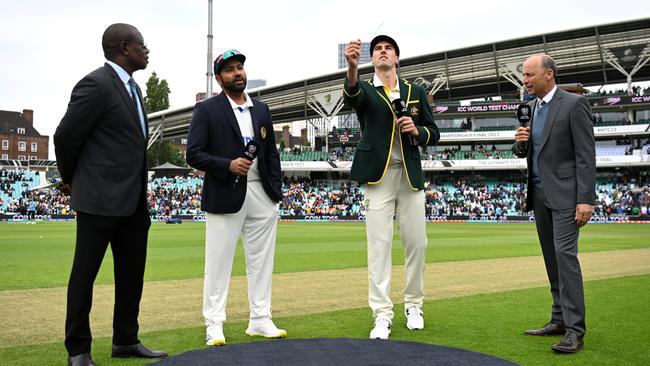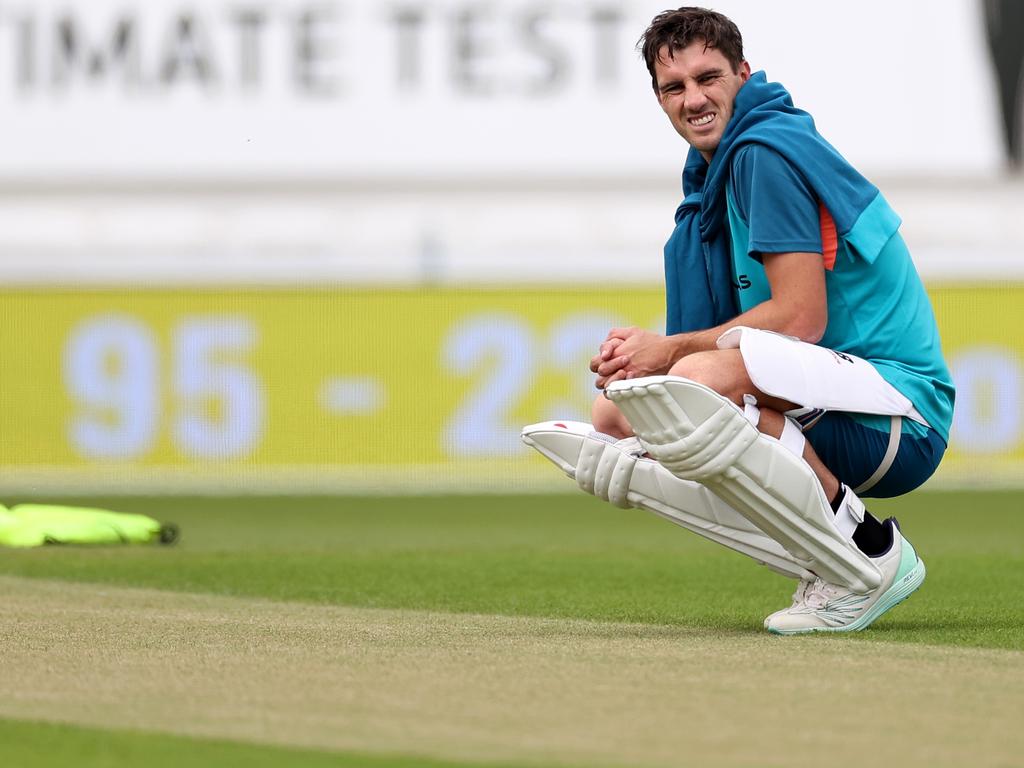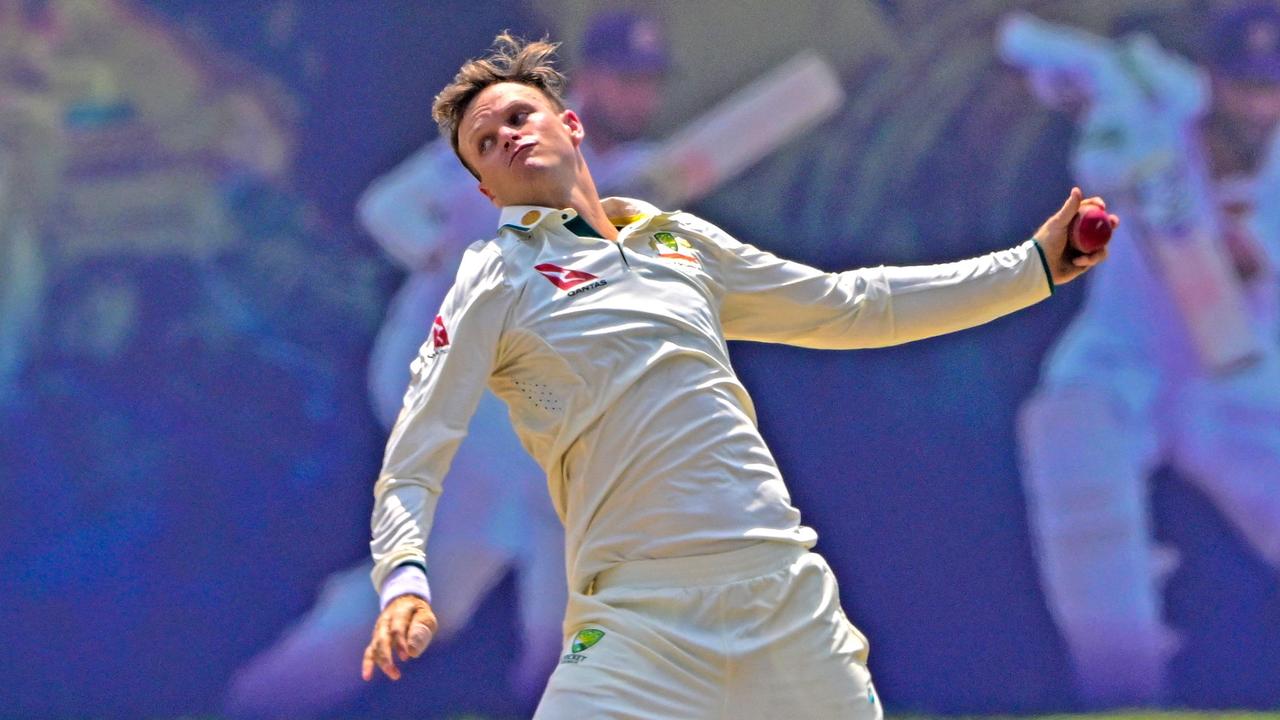Can world crown help Test cricket stay relevant?
The traditional format of the game may yet wither and die despite the introduction of World Test Championship.

On the wall outside The Oval where this week’s World Test Championship final is being played is a poster bearing the famous death notice for cricket. Inside is a hasty designer’s sketch of the ICC trophy cum mace cum sceptre which hopefully gives the game something to live for.
The famous mock obituary published after Australia beat England at the London ground in September 1882 focused solely on the fortunes of the game now that its proprietors had been beaten by the colonials.
It is fitting then that Pat Cummins’ Australia and Rohit Sharma’s India should be playing this second WTC final, the first having been won by New Zealand over India two years before.
Reports of Test cricket’s demise were somewhat exaggerated, hopefully they remain so now, at least among the Gluttonous Three of India, Australia and England.
The WTC concept clunks and creaks and is the camel designed by a committee commissioned to produce a horse, but the competition imposed on the brittle bilateral game at least – like the camel – has the same number of legs and serves some similar purpose.
Australian captain Cummins, like everyone who has a love of the traditional game, has his fingers crossed that the concept can give the game some extra context and relevance, before wandering into Bob Dylan areas.
“I think, well I hope this week shows that it does work,” he said on the eve of the championship match. “I think every day is a sellout. I just had a meeting there where they said it’s probably going to be the most watched Test match ever played.
“So hopefully this event is a real event that’s here to stay.
“We’ve certainly spoken about it over the last couple of years and yeah, in terms of its place in the wider cricketing scope, yeah there’s lots of content out there nowadays and probably more competition than there has been before.
“I know in Australia, we’re fortunate. You turn up to the Test matches there at a home summer, everyone’s still – the crowds are packed, millions of people watching on TV, so I hope so.

“You know, every Test player that I’ve come up against talks about their love of the game, so, I hope so, but obviously times are changing also.”
The one-off event, held in the narrow lane between the gaudy towers of the IPL and the old world grandeur of the Ashes, has struggled to gain sunlight.
The players, Indian and Australian, have emerged from the din and bling of the IPL casino and emerged, after a hasty change of clothes, to play the oldest form of the game and the one most challenged by the voracious India T20 creation.
Little more than a week has past since Ravi Jadeja hit that six at 1.30am that assured his privately owned franchise the $3.5m on offer to the winners.
By contrast, the winner of the WTC final receives $2.6m.
Cameron Green was paid $3.15m to compete in this year’s IPL and was among the later arrivals to the WTC final. He would have been later had his franchise made it through to the end of the tournament.
Cummins skipped the IPL, Mitchell Starc has rarely partaken, telling anybody who asks that he wants to play Test match cricket for Australia, wants to play 100 Tests, but how many in the future will be like him?
How many reading this would give up a five, 10 or $50m package deal to put country ahead of franchise? This year seemed like the year all the Malthusian predictions of the past decade proved themselves to be a little more real than hoped.
Wisden editor Lawrence Booth sounded the alarm in this year’s editorial.
“Where T20 used to cannibalise Test cricket, it now cannibalises T20 too,” Booth wrote. “Players routinely leave tournaments early, to cash in on some bigger payday. And there are plenty: January 2023 alone included the SA20, ILT20, BBL, BPL and Super Smash. Some of the better games can be fun, and the impact on longer formats is undeniable: sharper fielding, smarter bowling, sassier batting. But even those of us whose job it is to monitor the merry-go-round feel dizzy.
“The question of what cricket wants to be is familiar enough – though has never been more urgent. Even Kerry Packer’s World Series in the late 1970s fizzled out once he was embraced by the mainstream. Now, three power blocs are in a relationship that is part-symbiotic, part-parasitic: the T20 franchises, in it for themselves; the ICC, nominally in charge; and the national boards, keen to placate broadcasters and generate their own revenue. The battle for time and space is not sustainable, causing chaos on the one hand, ennui on the other.”
In the past cricket found its peace with Packer and this week golf has found peace with its competition – if not its conscience. Here’s hoping this week’s game is a small piece in the puzzle that continues Test cricket’s relevance.






